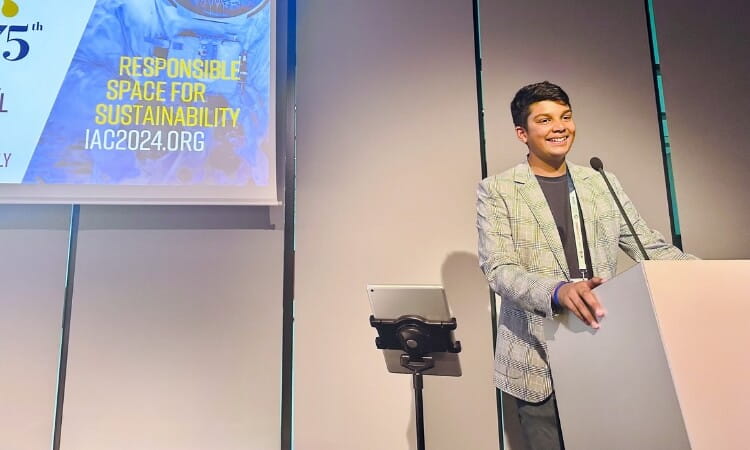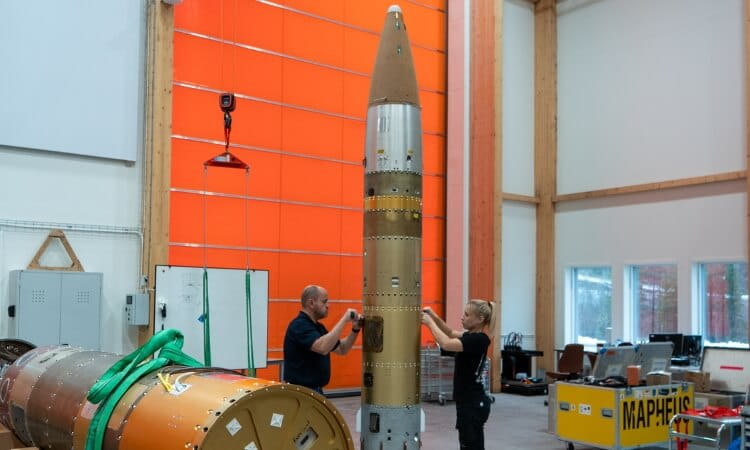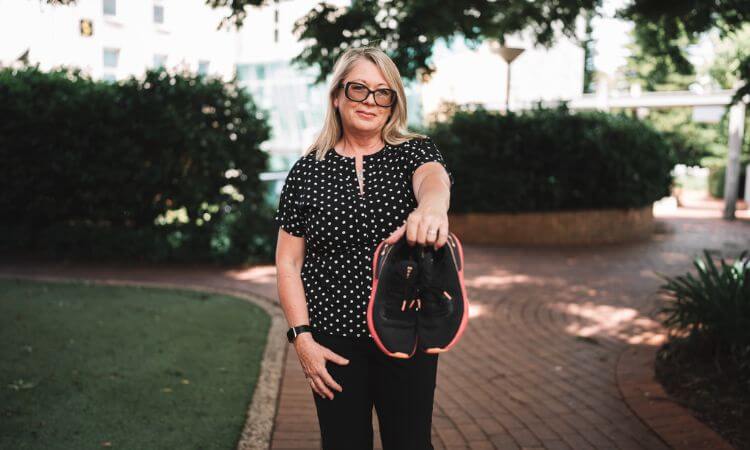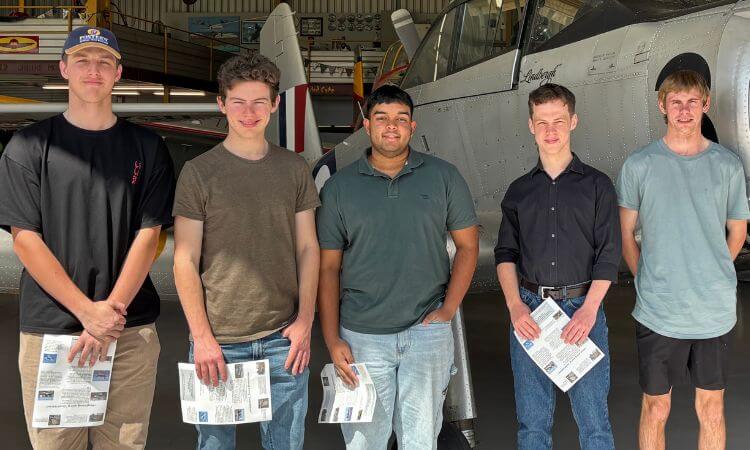At just 14 years old, Anay Ashwin presents at global space conferences, conducts research, and studies university-level space science through the University of Southern Queensland’s (UniSQ) Head Start program.
The initiative is designed to give high-achieving students the opportunity to undertake university-level learning and is open to Years 10, 11 and 12 students across Australia.
Through his involvement with the UniSQ Head Start program, Anay is laying the groundwork for a future in space medicine and bioastronautics, fields that explore how humans can survive and thrive in the harsh environment of space.
“UniSQ has such a strong reputation in space research, with world-class researchers and facilities like the Minerva-Australis facility and their strong industry partnerships through the iLAuNCH Trailblazer program,” Anay said.
“It felt like the perfect place to start my academic journey.”
Anay has already contributed to space research through active participation and success in STEM challenges at the national and international levels.
He designed an innovative Lunar Regolith Acquisition Device as part of the Australian Space Agency-funded ELO 2 Big Dipper Challenge, securing third place in a highly competitive field against PhD and engineering students. His work directly contributed to Australia's first lunar rover initiative.
His research has already taken him to prestigious forums, including the 2024 Australian Space Research Conference (ASRC) in Sydney, where he presented findings on biophilic and terraphilic elements in virtual reality environments to support astronaut mental health.
In 2024, Anay became the youngest-ever presenter at the International Astronautical Congress (IAC), the world’s largest space conference, held in Italy. He presented his collaborative research, exploring how Indigenous knowledge-informed extended reality (XR) immersive technology can help astronauts survive isolation on deep-space missions.
Anay’s experience at IAC reinforced his belief “that age is no barrier to success.”
At 13 years old, Anay launched his podcast, I Am Not a Rocket Scientist, to challenge the stereotype that space careers are restricted to engineers and physicists.
“At conferences, I meet incredible people across fields like astrobiology, space psychology, robotics, and space law,” Anay said.
“I realised people need to hear these stories to know that no matter what their passion is, there’s a place for them in space.”
Through his podcast, Anay has interviewed inspiring guests like the first named female commercial Canadian astronaut Dr Shawna Pandya, aerospace medicine physician Dr Rowena Christiansen, Australian Astronaut Reserve candidate for ESA Dr Meganne Christian and AROSE Director of Resources and Space Michelle Keegan.
One of his favourite podcast conversations was with UniSQ astronomer Professor Jonti Horner, where they discussed exoplanets and asteroid impacts and debunked astronomy myths.
The UniSQ Head Start program is helping Anay to build a solid foundation in space science before diving deeper into specialised areas like space medicine.
“It’s exciting to be part of a university that is so committed to supporting young students and fostering innovation in space research,” he said.
UniSQ continues to be a leader in space education, providing students with the knowledge, resources, and industry connections to pursue careers in the growing Australian space sector.
Find out more about studying Head Start at UniSQ.



